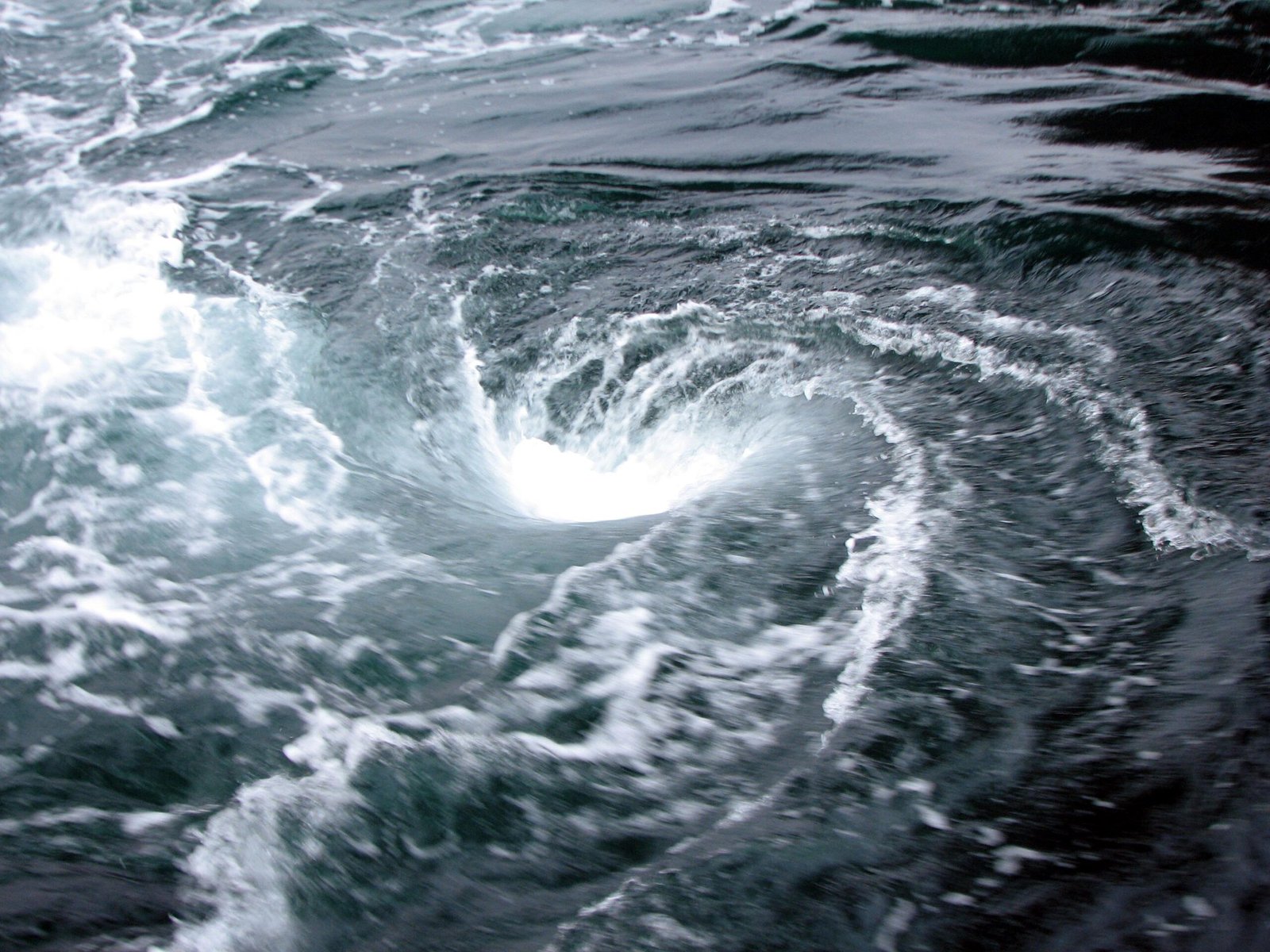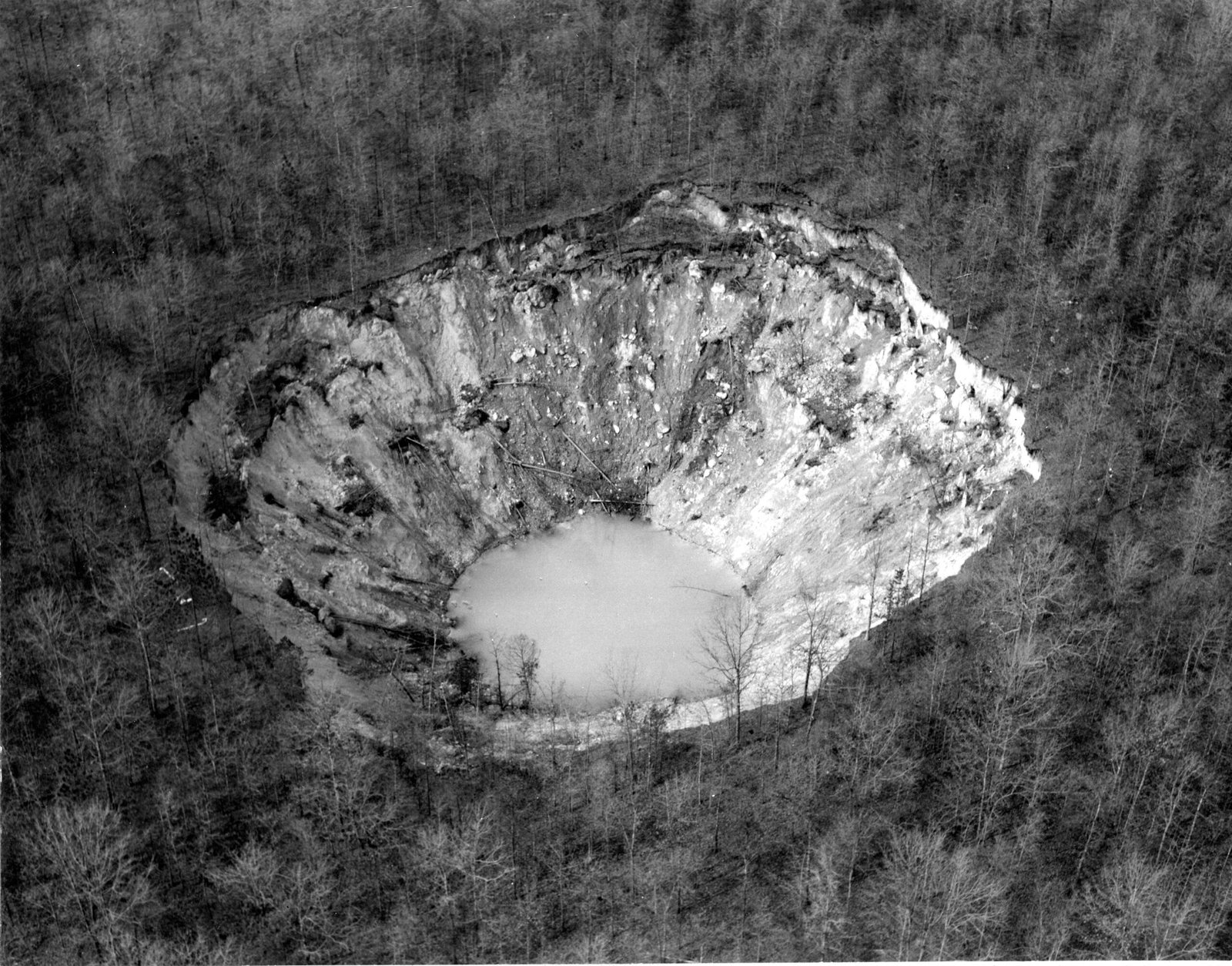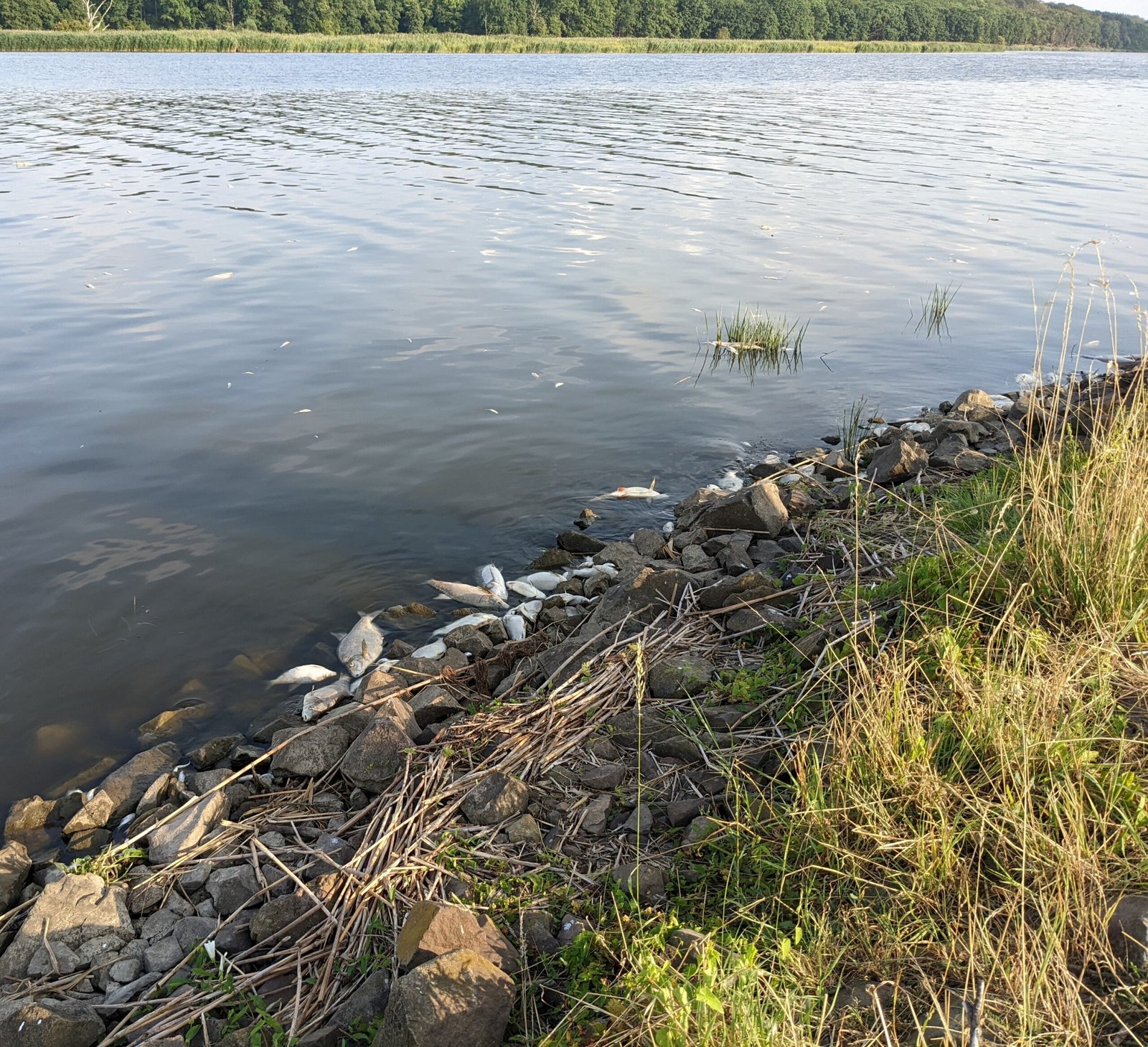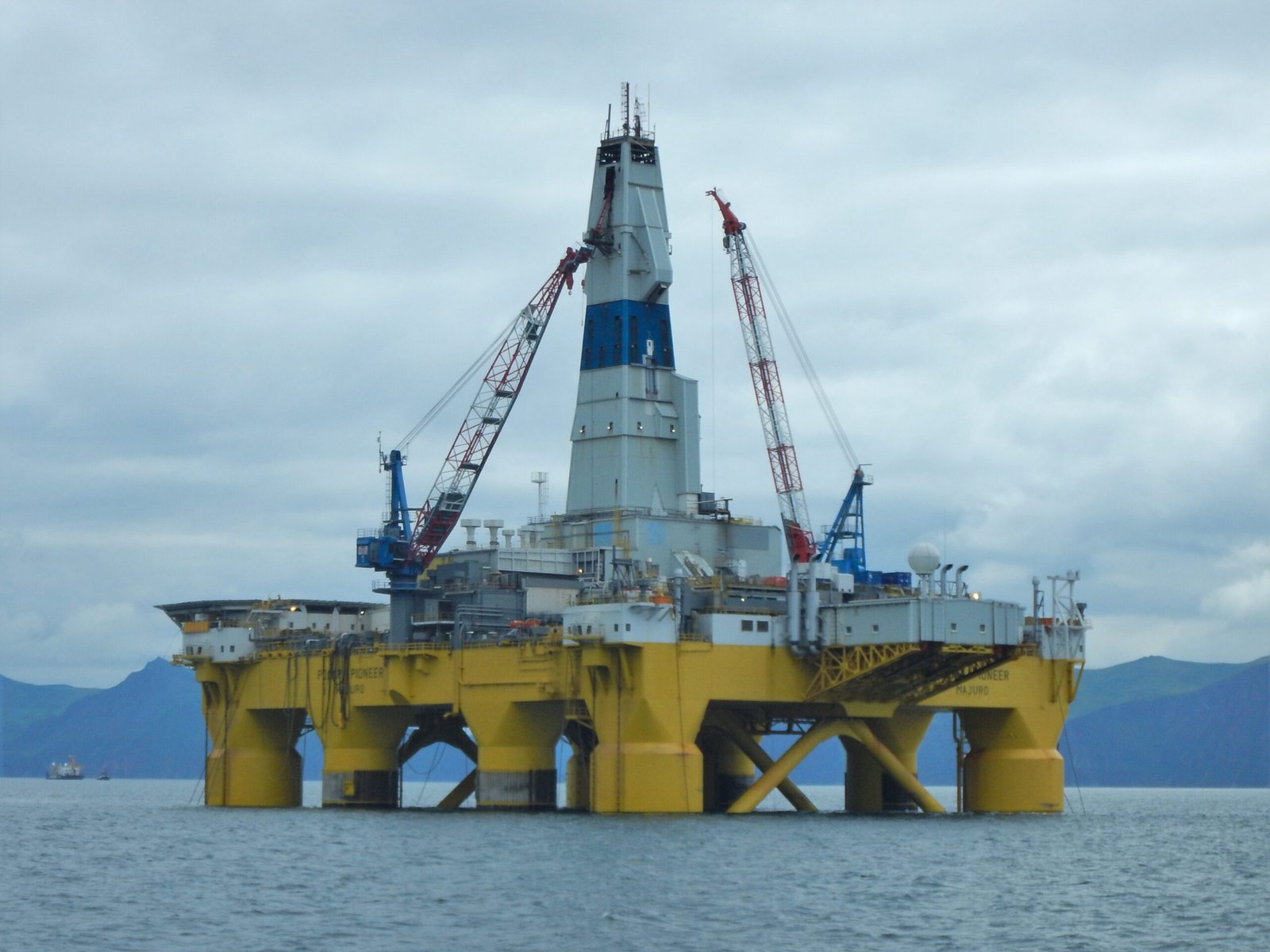Imagine standing on the banks of a calm Louisiana lake, birds darting overhead, and a light breeze rippling the water’s surface. Suddenly, the ground begins to tremble. Before your eyes, an entire drilling rig, barges, and acres of land vanish in a swirling vortex, sucked into the earth as if pulled by an invisible hand. This isn’t a scene from a science fiction film—it’s the real-life disaster that struck Lake Peigneur on November 20, 1980. What unfolded that day remains one of the most astonishing and surreal industrial accidents in American history, a story where the boundaries between land and water blurred in an instant.
The Tranquil Setting of Lake Peigneur
Lake Peigneur, located near New Iberia in southern Louisiana, was once a peaceful freshwater lake renowned for its scenic beauty and abundant wildlife. Families fished along its shores, and the area’s tranquility made it a favorite spot for both locals and tourists. Underneath this serenity, however, lay a vast salt dome that had been mined for salt since the 19th century. Few could have imagined that this hidden geological feature would play a starring role in an unfolding disaster that would shock the nation.
A Drilling Operation Gone Awry
On that fateful day in 1980, a Texaco oil drilling crew set up their rig on the lake, searching for new sources of oil. The operation seemed routine, with experienced hands managing the machinery and equipment. But a small miscalculation led the drill bit to puncture the roof of the massive salt mine that stretched deep beneath the lakebed. This single mistake set off a chain reaction so dramatic that it would enter the annals of industrial history as a cautionary tale.
The Catastrophic Collapse Begins

As the drill bit broke through the salt dome, lake water began pouring into the mine below. What started as a trickle quickly became an unstoppable flood, with millions of gallons of water rushing downward. The lake’s surface churned and formed an enormous whirlpool, growing with terrifying speed. Within minutes, the drilling rig, eleven barges, trucks, trees, and even a section of the nearby botanical gardens were sucked into the abyss. The sheer force and speed of the collapse left witnesses stunned and helpless.
The Formation of a Massive Sinkhole

Beneath the surface, the inflow of water rapidly dissolved the salt layers, causing enormous underground caverns to form. The lakebed itself began to cave in, creating a vast sinkhole that swallowed everything in its path. The power of the swirling water was so intense that it even reversed the flow of the Delcambre Canal, pulling saltwater from the Gulf of Mexico into the lake. This reversal, unprecedented in local history, changed the lake’s ecosystem forever.
Astonishing Survival and Rapid Response
Despite the chaos, there was a miraculous absence of fatalities. Miners working deep below the surface managed to escape through emergency tunnels, racing against rising floodwaters. Workers on the surface abandoned their equipment and ran for their lives, many narrowly avoiding being pulled into the collapsing ground. Emergency crews scrambled to the scene, but the destruction was both sudden and overwhelming. The speed of the disaster left little time for intervention, and the community watched in disbelief as the landscape was transformed.
Transformation of Lake Peigneur’s Ecosystem
Before the disaster, Lake Peigneur was a freshwater lake, home to a rich variety of plant and animal life. After the event, the influx of saltwater from the Gulf permanently altered its ecosystem. Fish species vanished, replaced by salt-tolerant organisms. The surrounding vegetation also changed, as freshwater plants died off and salt-loving species moved in. Today, the lake stands as a living reminder of how quickly nature can adapt to even the most dramatic changes wrought by human hands.
The Science Behind the Collapse

The disaster at Lake Peigneur is a stunning example of how interconnected geological and human systems can be. Salt domes, formed over millions of years, are stable but vulnerable when pierced by drilling. When the Texaco drill punctured the salt mine, it created a pathway for water to pour in, rapidly dissolving the salt and opening massive underground voids. The science of sinkholes and mine collapses became a major topic of study after the event, as engineers and geologists sought to understand and prevent similar disasters.
Economic and Environmental Aftermath

The financial impact of the disaster was immense. Texaco and other companies involved faced huge claims for damages, and the salt mine was rendered inoperable. Local businesses suffered as the area’s economy shifted, and residents had to grapple with the loss of a beloved natural space. The environmental damage was equally significant, with habitat destruction and long-term changes to the region’s water chemistry. The event became a case study in risk management and the importance of understanding local geology before undertaking major industrial operations.
Lessons Learned and Industry Changes

In the wake of the Lake Peigneur collapse, the oil and mining industries were forced to reevaluate safety protocols and drilling practices. New regulations demanded better mapping of underground structures and more rigorous inspection of drilling sites. Training programs were updated to emphasize geological hazards, and emergency response planning became a top priority. The disaster’s legacy lives on in the way companies across the globe approach subsurface exploration today.
A Lasting Legacy in Collective Memory
For the people of Louisiana and those who witnessed the event, Lake Peigneur is more than just a place—it’s a symbol of nature’s unpredictability and the unintended consequences of human ambition. Visitors to the lake today may find it hard to imagine the chaos that once reigned here, but the story is kept alive through local lore, documentaries, and the memories of those who saw it firsthand. The transformed lake remains a testament to both human error and resilience, inviting reflection on our relationship with the natural world.
Closing Thoughts

The day Lake Peigneur swallowed an entire drilling rig is a story that defies belief, yet every detail is grounded in fact. It is a powerful example of how one small mistake can unleash forces beyond our control and reshape a landscape forever. The echoes of that day continue to resonate, urging us to respect the delicate balance between progress and nature. Would you have ever imagined a peaceful lake could turn into a churning vortex, forever changing the land and lives around it?




